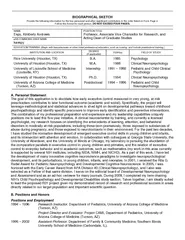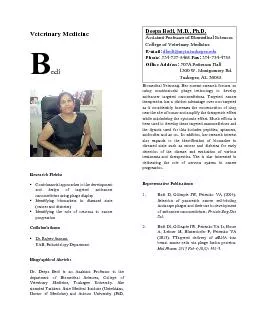PDF-BIOGRAPHICAL SKETCH Provide the following information
Author : jane-oiler | Published Date : 2015-06-12
Follow this format for each person DO NOT EXCEED FOUR PAGES NAME Espy Kimberly Andrews POSITION TITLE Professor Associate Vice Chancellor for Research and Acting
Presentation Embed Code
Download Presentation
Download Presentation The PPT/PDF document "BIOGRAPHICAL SKETCH Provide the followin..." is the property of its rightful owner. Permission is granted to download and print the materials on this website for personal, non-commercial use only, and to display it on your personal computer provided you do not modify the materials and that you retain all copyright notices contained in the materials. By downloading content from our website, you accept the terms of this agreement.
BIOGRAPHICAL SKETCH Provide the following information: Transcript
Download Rules Of Document
"BIOGRAPHICAL SKETCH Provide the following information"The content belongs to its owner. You may download and print it for personal use, without modification, and keep all copyright notices. By downloading, you agree to these terms.
Related Documents














